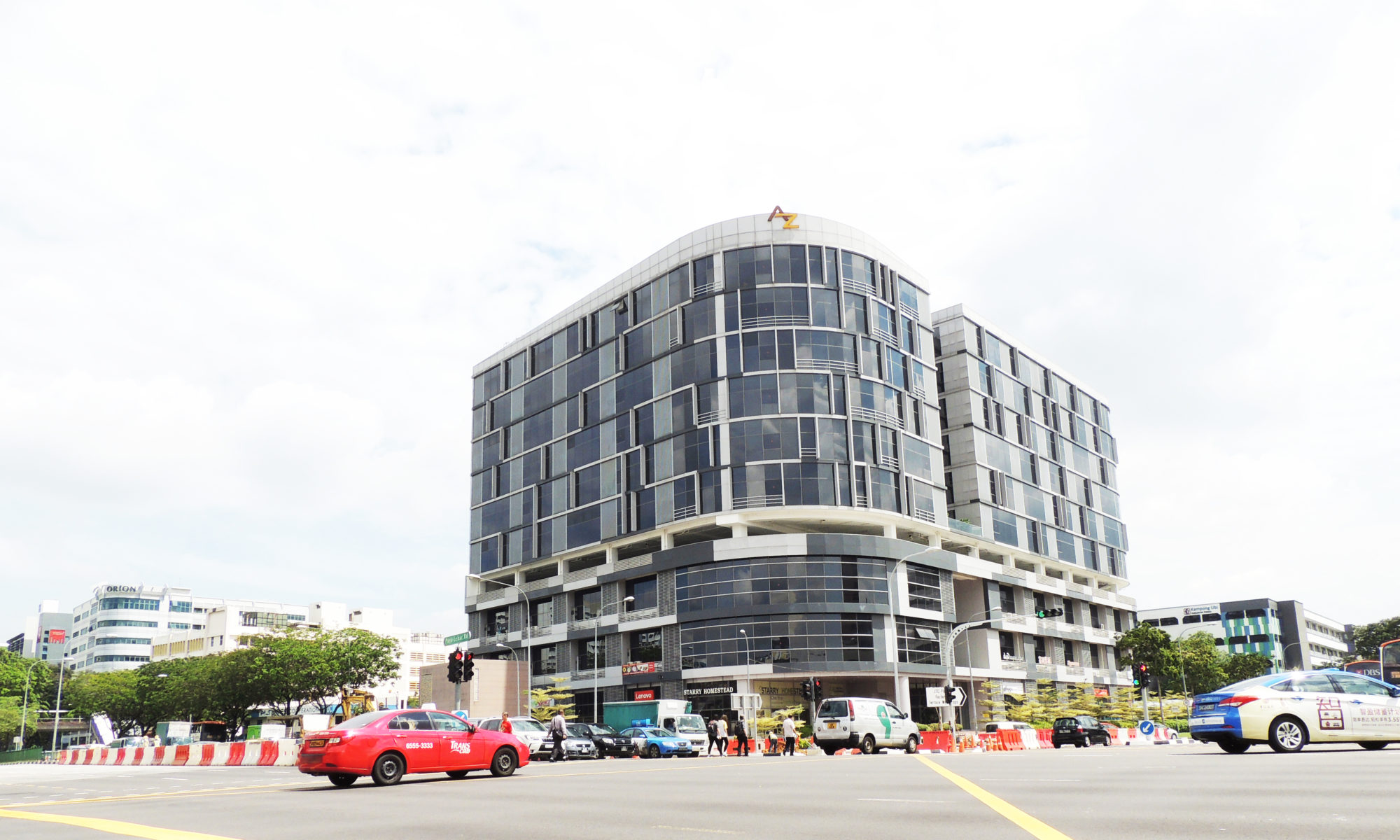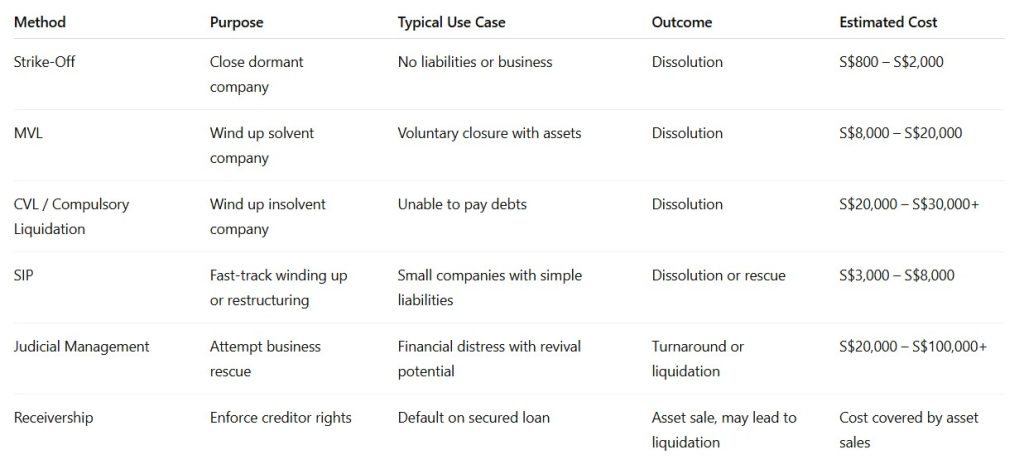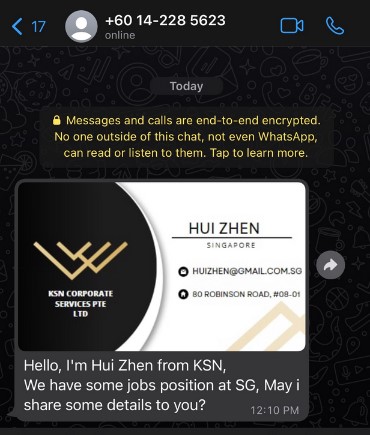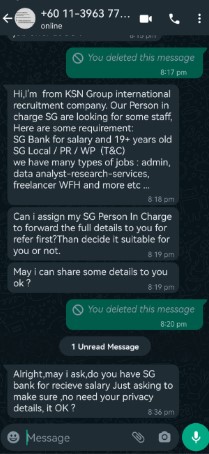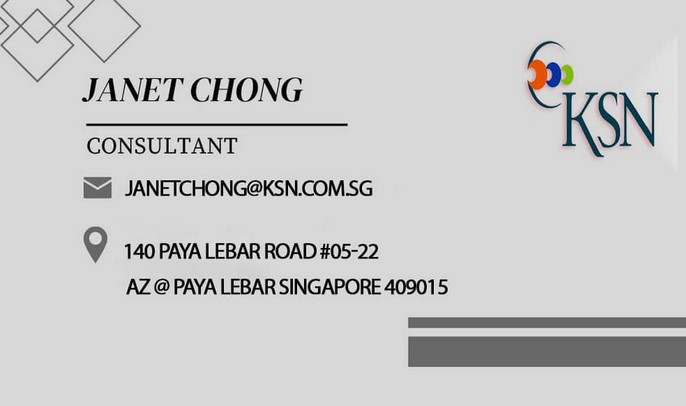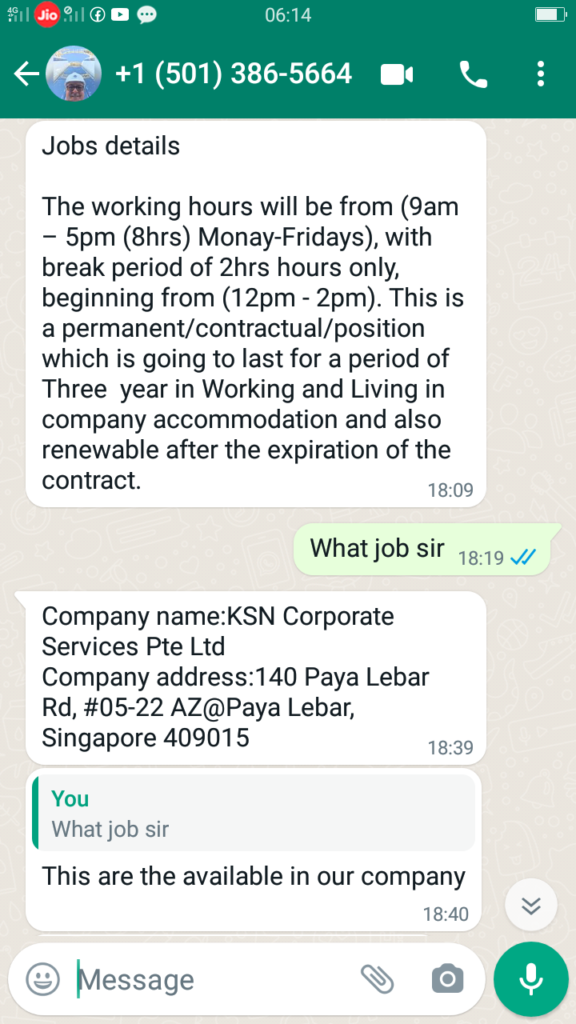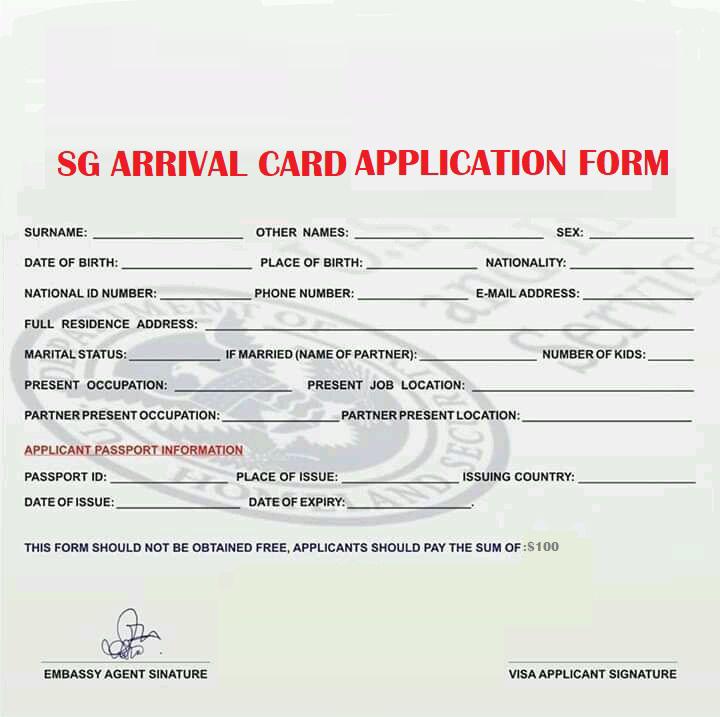Singapore’s updated CPF rules will take effect from 1 January 2026, and employers should prepare ahead to avoid compliance issues and unexpected payroll cost increases. Here are the key updates and what they mean for your business
Key CPF Changes
The CPF Ordinary Wage ceiling will increase from S$7,400 to S$8,000, meaning a larger portion of monthly salaries will be subject to CPF.
Higher CPF contribution rates for senior workers:
Ages 55–60: Total rate increases to 34%
Ages 60–65: Total rate increases to 25%
Additional contributions for senior workers will be channelled into their Retirement Account (RA) to strengthen long-term retirement adequacy.
What This Means for Your Business
Higher manpower costs:
Employers will incur increased CPF contributions, especially for:Employees aged 55 to 65
Staff earning above S$7,400, up to the new S$8,000 ceiling
Budget & costing impact:
Companies should update FY2026 budgets, revise manpower costing, and adjust financial forecasts to account for increased statutory expenses.Payroll system updates:
HR and payroll systems must be updated to apply:New wage ceiling (S$8,000)
New age-based CPF contribution rates
Cash flow considerations:
Monthly CPF outflow will rise, affecting cash management for businesses with senior or higher-paid employees.Communication to staff:
Senior employees may experience slightly lower take-home pay due to higher employee CPF deductions.
Recommended Action for Employers
Review and revise payroll budgets for 2026
Update HRIS/payroll systems and CPF calculation templates
Perform manpower cost impact analysis
Communicate changes to affected employees early
